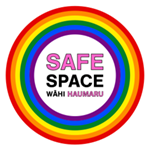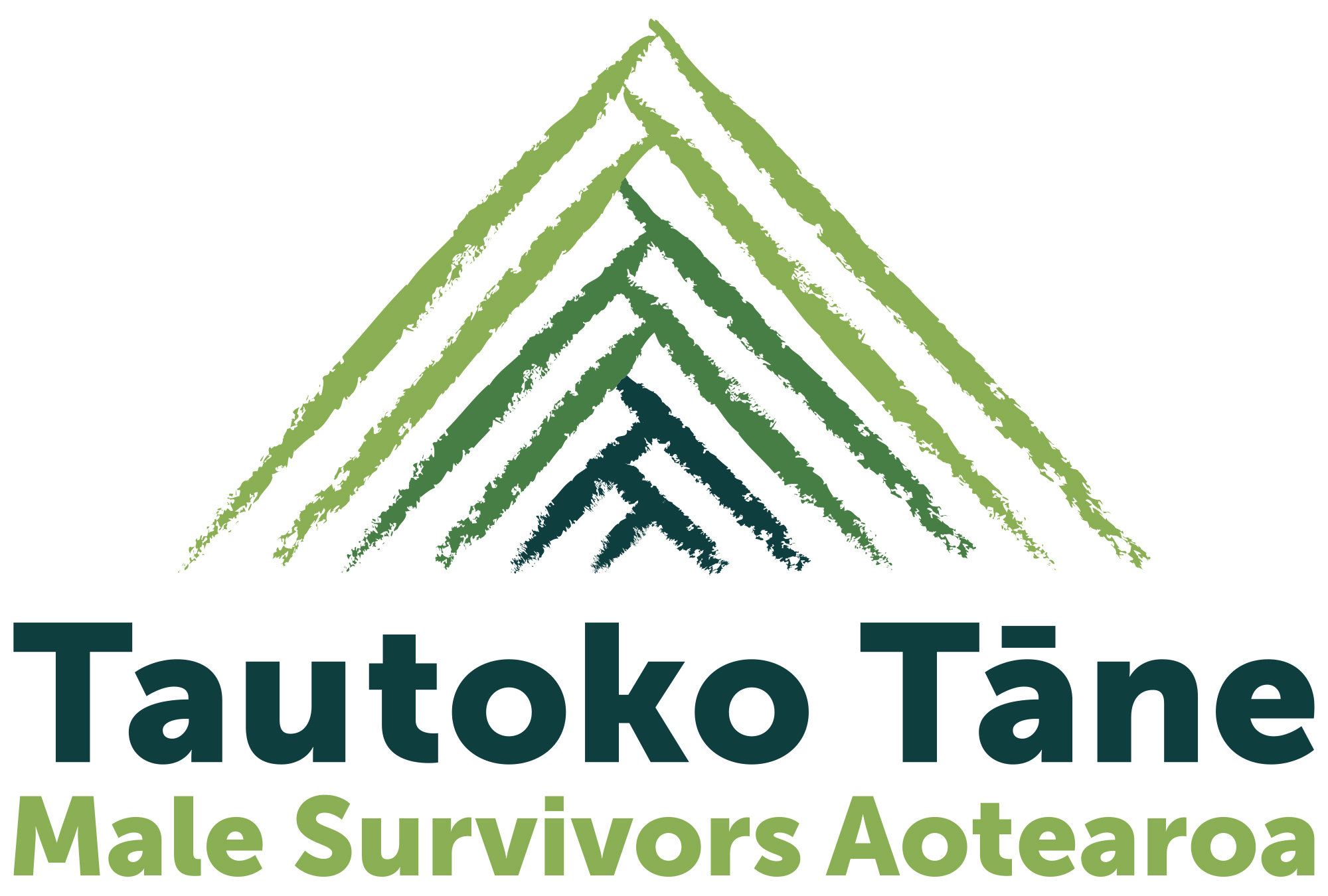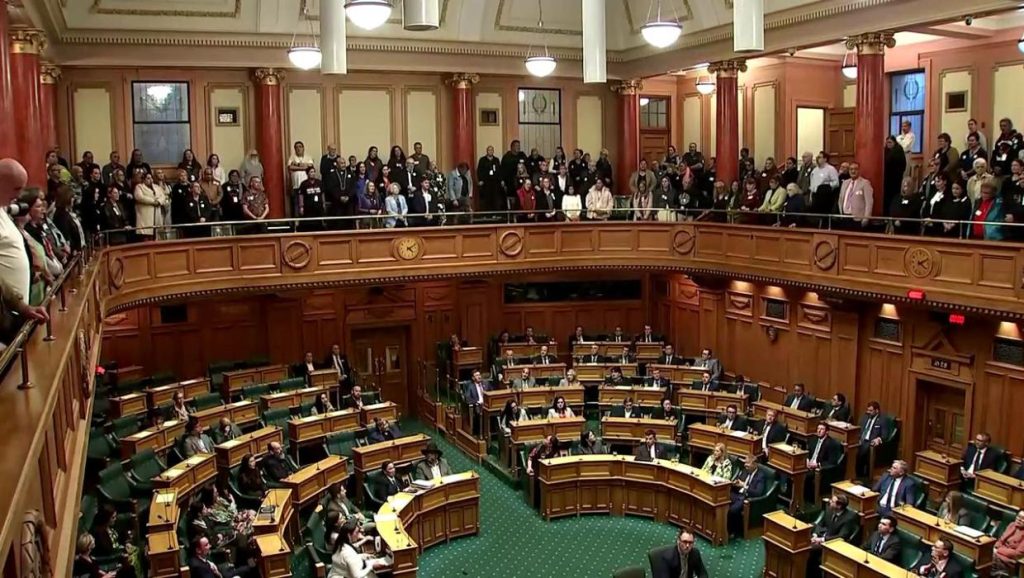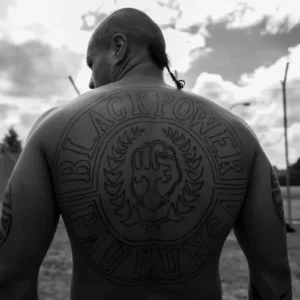A man who survived torture as a teenager at the notorious Lake Alice psychiatric facility in the 1970s and had to go to the UN in his efforts to gain justice fears he will die before he sees appropriate financial compensation.
Malcolm Richards has cancer and is waiting for hospital treatment after suffering a heart attack. But he has only met Erica Stanford, the Minister in charge of the Government’s response to historical abuse in state care, twice since the Royal Commission of Inquiry into Abuse in State Care was tabled in Parliament in July.
He is one of about a quarter of a million New Zealanders who were abused while in state or faith-based institutions from 1950, and is calling on the government to speed-up its redress scheme and better-involve survivors in the process, nearly three years after the Royal Commission on Abuse in Care said an independent redress scheme for survivors of abuse in state and religious care should be immediately stood up.
“They [the government] have stopped talking to us on redress and won’t respond to what we want to see in any apology,” he said from hospital.
“The bottom line is that we are to be involved every step of the way and redress is to be individualised to the needs and suffering of each individual, not a one size fits all solution that they are trying to achieve.”
‘We are working at pace’
Prime Minister Christopher Luxon promised survivors in July that he would do right by them and Stanford is under pressure to have something more substantive to offer survivors than an official apology on November 12.
Luxon noted the “incredibly complex” set of more than 230 recommendations in the report.
“We are working at pace,” Luxon said on Monday. “I had another meeting this morning with a number of ministers on the subject. And you know, we’ll do everything we can to make sure that we address the issue so that doesn’t happen again, and that we actually support those that have been abused. I’m sure what I say on November 12 won’t satisfy everybody … we’ve got a lot of work to do, and it won’t be in place by November 12. We’ve still got to keep working on a whole bunch of those recommendations and processing them so we actually get a quality response from our system.”
Officials say they are are urgently working on a redress scheme which would deal with those who were abused in Lake Alice, and those who were abused in other types of state and faith-based care. Stanford has to liaise with multiple government departments and get coalition partners ACT and NZ First on board with the plans.
But Sonja Cooper, a leading lawyer and advocate who has represented thousands of victims, said the response from successive government’s has been “completely underwhelming”. Survivors and advocates had “lost faith” in the previous Labour government, and were losing patience with the National-led coalition government.
“It is not like the government hasn’t been on notice, as I say it’s deeply disappointing, we are still being held by ransom by the state,” she said. “The state is still lagging behind and dragging its heels.”
The government in July formally acknowledged some young people and adolescents experienced torture at Lake Alice. This included being subjected to shocks from electroconvulsive therapy equipment without sedation. In Richards’ case, these shocks were to his genitals – as well as painful injections of a sedative drug called paraldehyde as punishment, either by or under the supervision of Dr Selwyn Leeks. Records from two independent inquiries in the 1970s also contained strong evidence of these practices.
Part of the issue is that a redress scheme which deals with torture has not been set up before. Some survivors have already received payments, but Cooper said these were often “paltry” sums, in the thousands.
She said there were other teenagers and vulnerable adults outside of Lake Alice who suffered torture.
By Bridie Witton
15/10/2024




